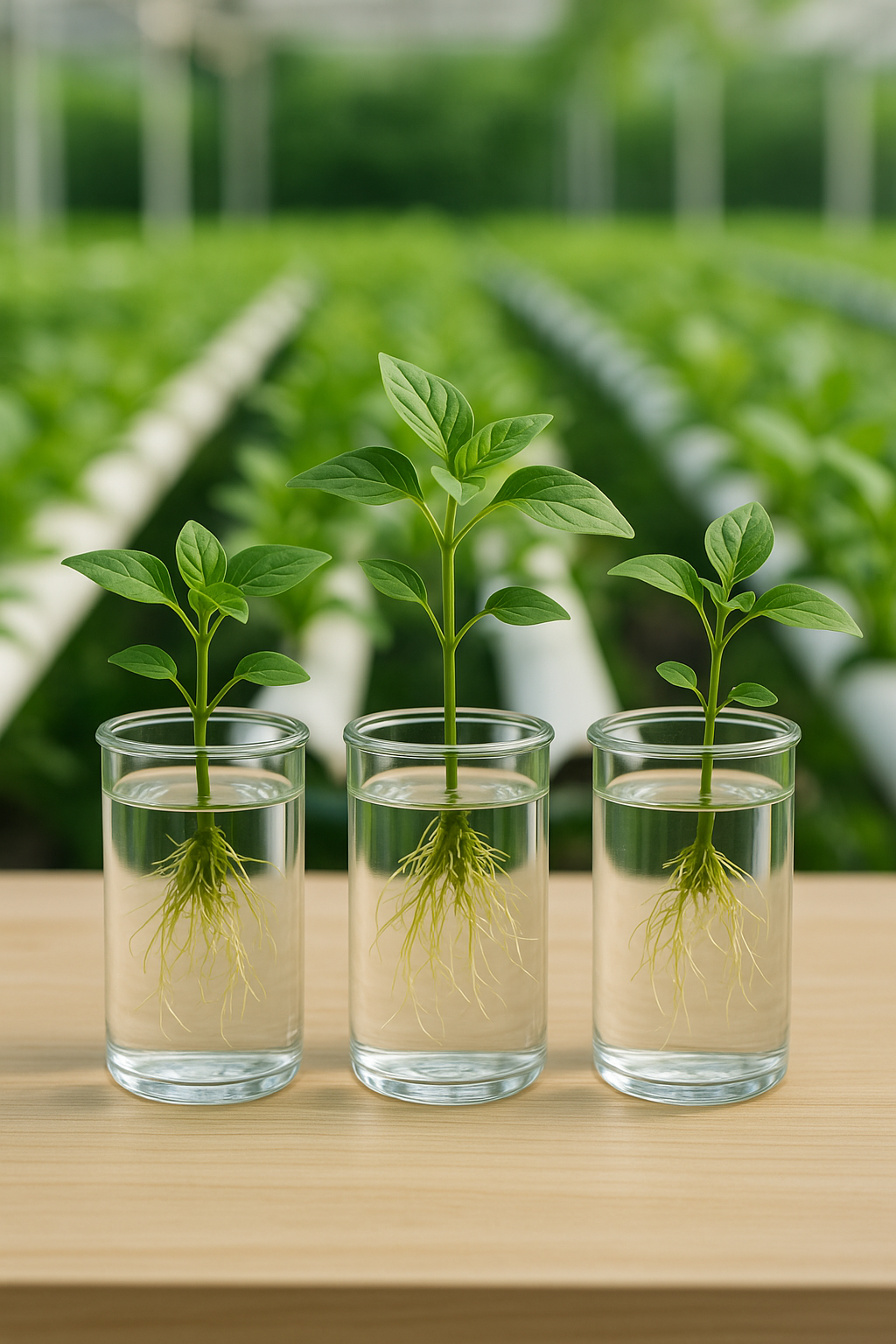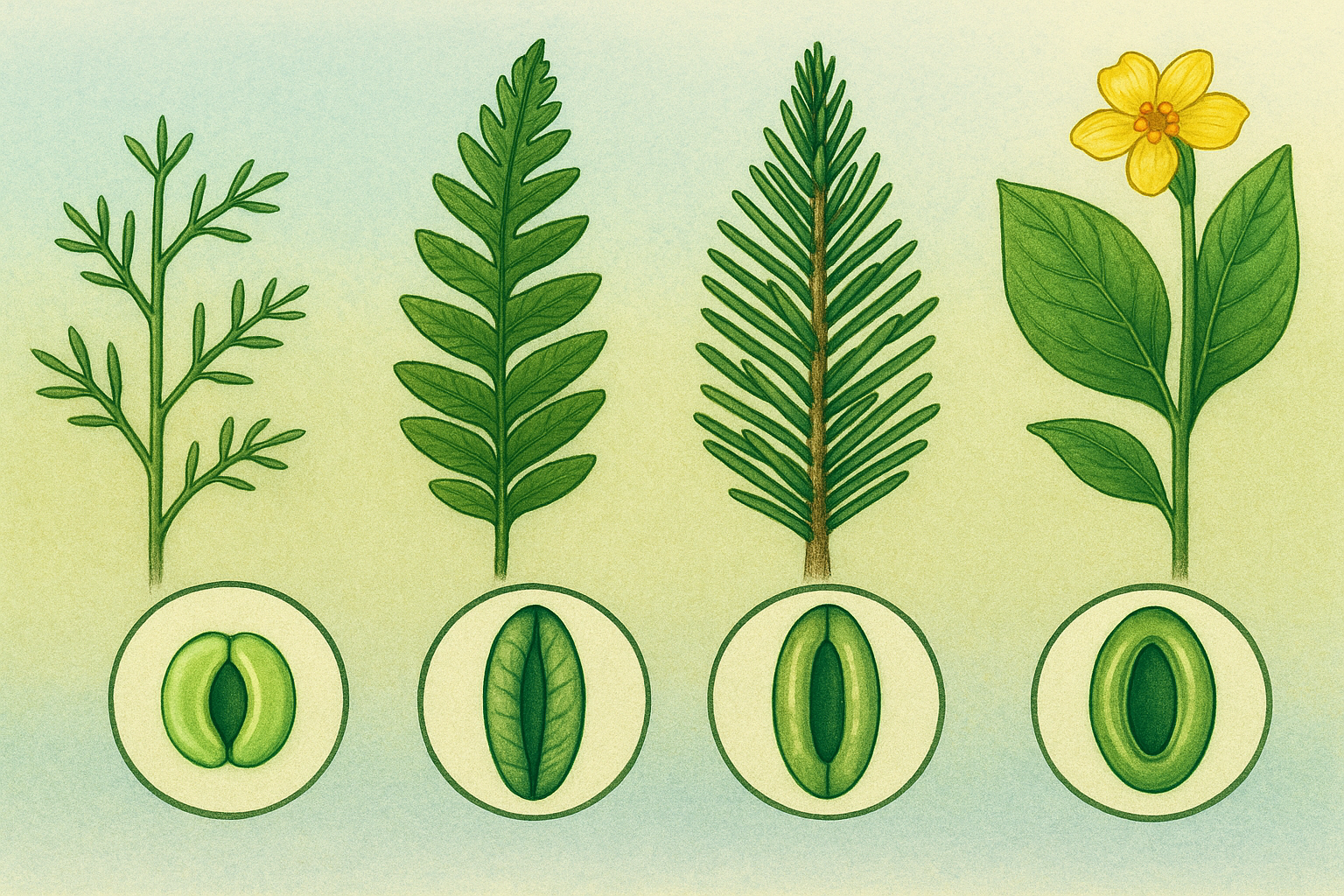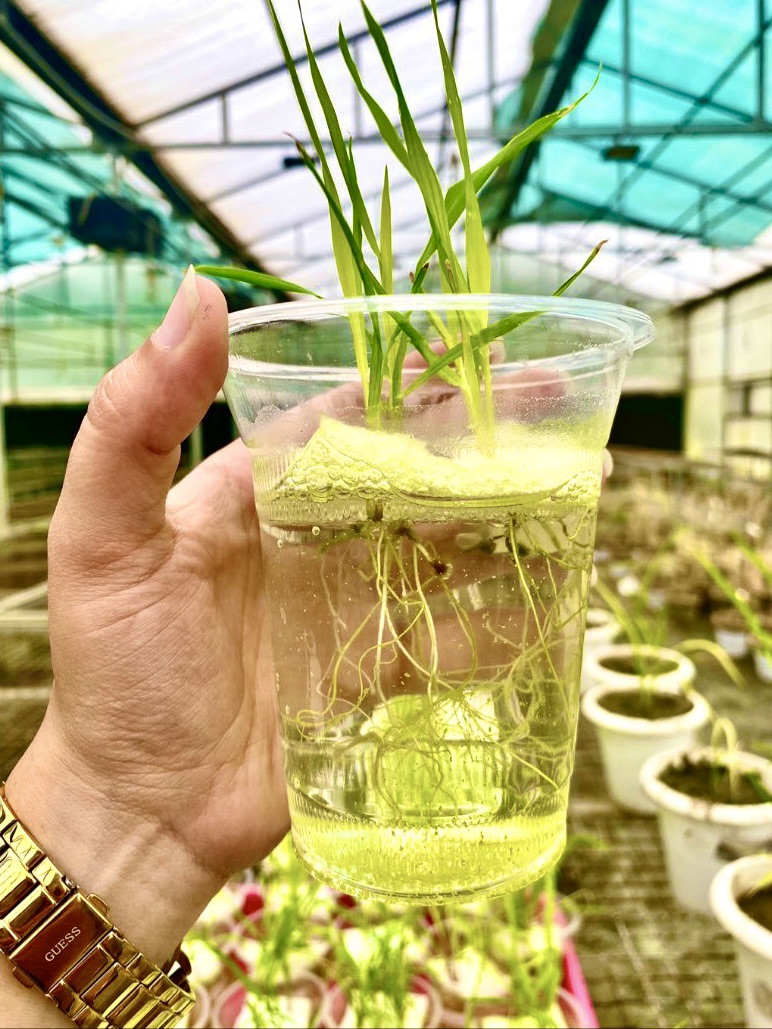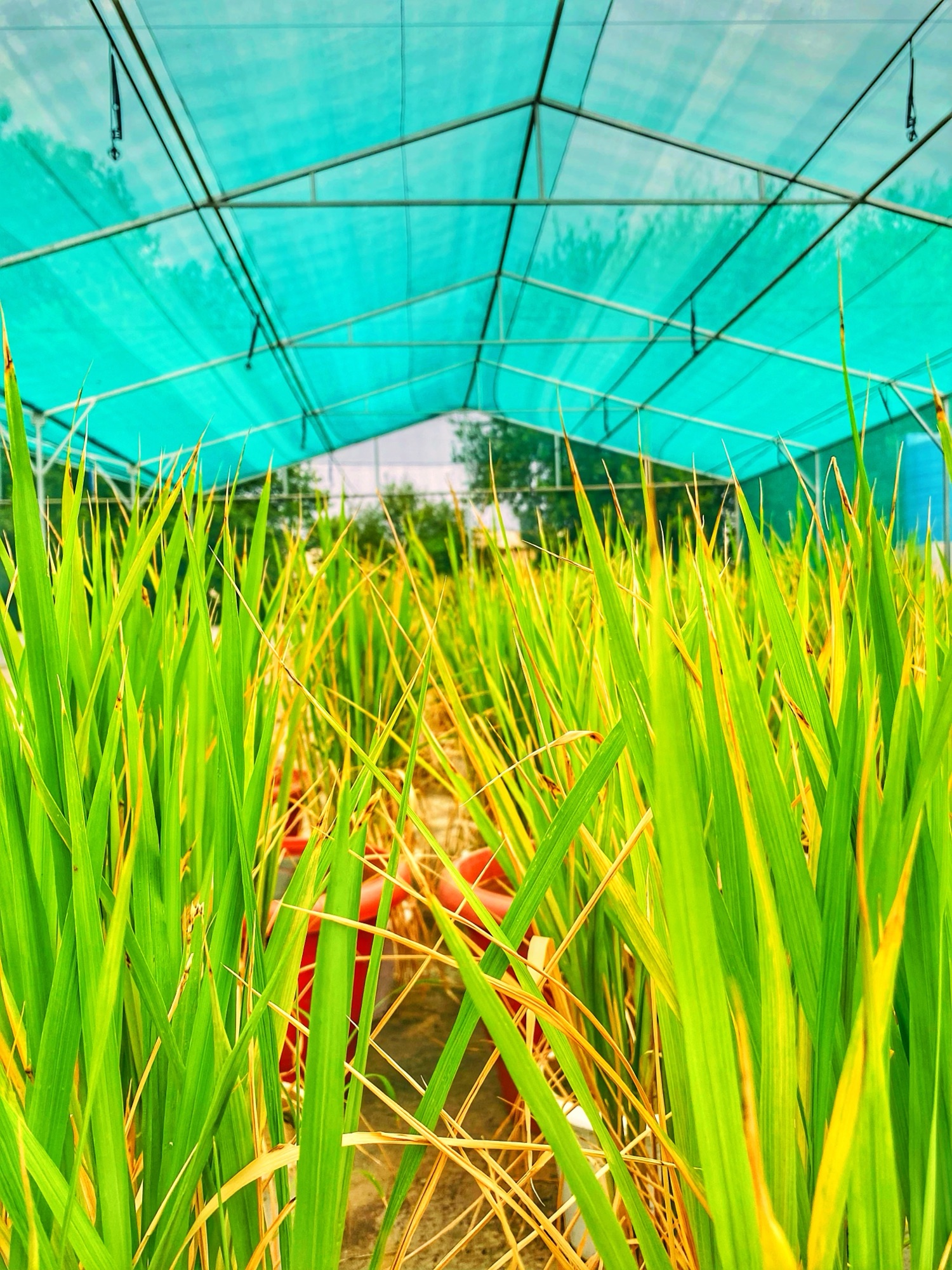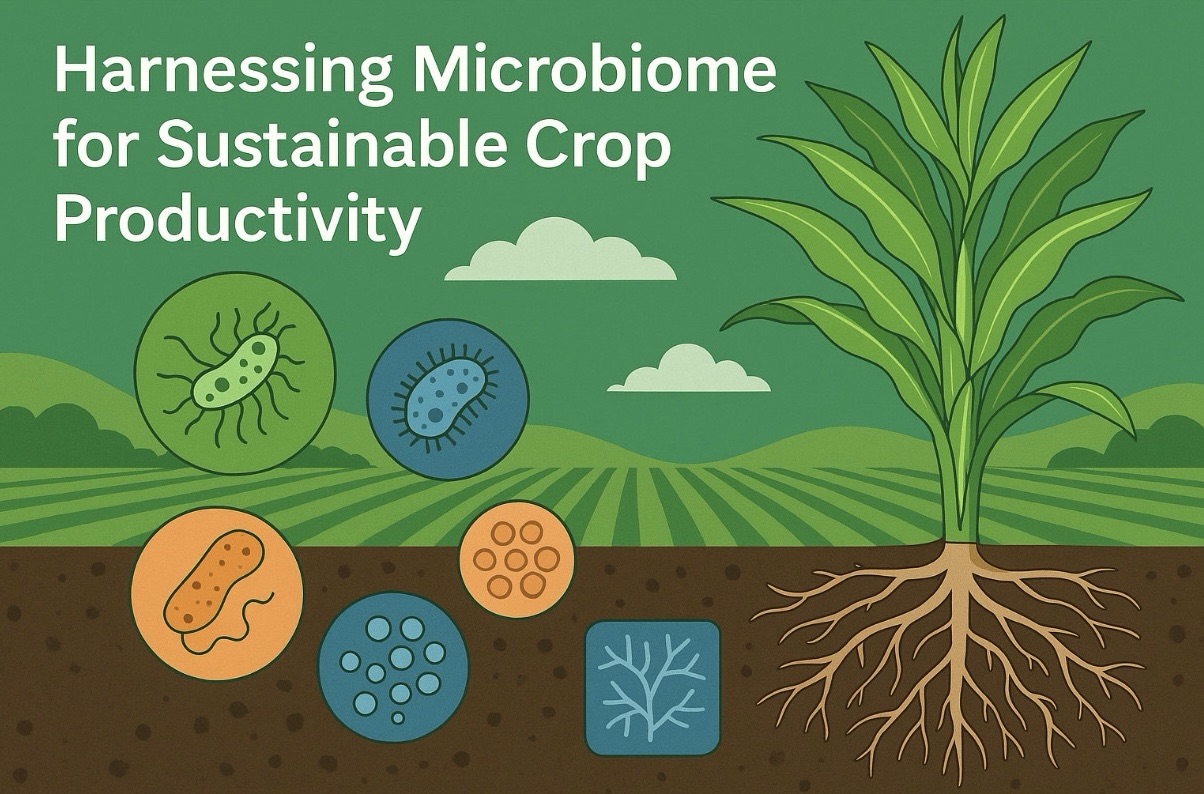As the global population surges toward an estimated 10 billion by 2050, the pressure on traditional agriculture to feed the world’s people intensifies. Unfortunately, conventional farming methods are facing mounting limitations due to shrinking arable land, climate change, soil degradation, and water scarcity. In this context, hydroponics emerges as a groundbreaking alternative to soil-based farming, offering a modern, scientific approach to agriculture that is both space-efficient and environmentally sustainable. By growing plants in nutrient-rich water solutions instead of soil, hydroponics enables farmers to control every aspect of the growing environment, from nutrient composition to lighting and humidity. This precision offers not only better crop yields but also greater resilience against weather-related disruptions and pests. What was once an experimental niche in agricultural science is now becoming a mainstream solution, embraced by commercial farms, urban growers, and even space agencies looking to sustain life on other planets.

How Hydroponics Works
At its core, hydroponics is a method of growing plants that replaces soil with a water-based nutrient solution. In traditional agriculture, soil serves as the primary medium to anchor plants and deliver nutrients through organic matter and microbial activity. However, in hydroponics, plants bypass the soil altogether and receive essential nutrients directly through water that is precisely formulated to meet their specific growth needs. This solution typically includes a carefully balanced mixture of macronutrients such as nitrogen (N), phosphorus (P), and potassium (K), as well as vital micronutrients like calcium, magnesium, iron, zinc, and manganese.
The roots of the plants are either submerged or suspended in proximity to this nutrient-rich water, depending on the system design. There are several types of hydroponic systems, each offering unique advantages and suited to different scales and crop types:
- Deep Water Culture (DWC) involves suspending plant roots in a continuously aerated reservoir of nutrient solution. This method allows for rapid nutrient uptake and is often used for fast-growing, water-loving plants like lettuce and basil.
- Nutrient Film Technique (NFT) uses a shallow stream of water that flows over the roots inside a gently sloped channel. This thin film provides continuous access to nutrients while allowing roots to absorb oxygen from the surrounding air, promoting healthy and rapid growth.
- Aeroponics takes things a step further by suspending plant roots in air and misting them with a fine spray of nutrient solution at regular intervals. This high-tech approach maximizes oxygen availability to roots and is considered one of the most efficient systems in terms of resource use and growth speed.
- Wick systems are the simplest form of hydroponics, where a wick draws nutrient solution up from a reservoir to the plant roots using capillary action. Though low-cost and low-maintenance, these systems are generally better suited for small plants and beginners.
- Ebb and Flow (Flood and Drain) systems periodically flood the grow bed with nutrient solution before draining it back into a reservoir. This cycle ensures that roots receive both nutrients and oxygen, mimicking natural wet-dry rhythms found in nature.
- Drip systems deliver nutrient solution directly to the base of each plant via a network of tubing and emitters. These systems are widely used in commercial settings for their scalability and precise nutrient control.
One of the key advantages of hydroponics is the ability to maintain total control over the growing environment. Since the nutrient delivery is direct and consistent, plants experience less stress and can devote more energy to growth rather than adapting to variable soil conditions. This precise control also means that growers can optimize pH levels, nutrient concentrations, temperature, humidity, and light exposure for maximum yield and quality.
By eliminating the need for soil, hydroponics removes many of the uncertainties associated with traditional agriculture—such as poor soil fertility, pests, and diseases that thrive in the ground. Additionally, because these systems can be set up indoors or in controlled environments, they allow for year-round cultivation, independent of climate or season. This makes hydroponics especially valuable in urban areas, deserts, arid zones, and regions with limited agricultural land.
Efficiency in Water Use
One of the most significant advantages of hydroponic farming is its highly efficient use of water. Agriculture currently consumes around 70% of the world’s fresh water, and much of it is wasted through evaporation, runoff, or poor irrigation practices. Hydroponic systems recirculate water in a closed-loop system, meaning that the water not absorbed by plants is captured and reused. This drastically reduces water consumption—by up to 90% compared to conventional farming. Such conservation is especially crucial in drought-prone areas or regions facing increasing water scarcity due to climate change. With hydroponics, food can be grown in deserts, arid zones, or even urban centers where traditional agriculture would be impossible or prohibitively expensive. This sustainable approach to water management not only makes hydroponics environmentally friendly but also makes it an attractive solution for nations looking to reduce their agricultural water footprint.
Increased Yields and Space Optimization
Hydroponic systems are not just efficient—they are incredibly productive. Because the growing environment is carefully controlled, plants receive optimal levels of light, nutrients, and hydration at all times, allowing for faster growth and more harvests per year. This is particularly true in vertical farming systems, where crops are stacked in layers within climate-controlled buildings, multiplying the yield of a single square meter of land many times over. In some commercial operations, yields from hydroponic setups have been reported to be several times higher than those of traditional farms using the same area. Moreover, crops can be grown year-round, regardless of season, ensuring a consistent supply of fresh produce. In urban environments where space is limited and expensive, this compact and scalable design makes hydroponics a viable solution for local food production and food security.
In hydroponic systems, the risk of pests and diseases is greatly reduced, primarily because there is no soil to harbor pathogens. As a result, farmers can significantly cut down on the use of pesticides, fungicides, and herbicides, which are not only costly but also harmful to human health and the environment. Additionally, because plants are grown in controlled conditions, there’s less need for fertilizers to compensate for poor soil quality or to stimulate growth during adverse weather conditions. This makes hydroponically grown produce cleaner and often safer for consumption. The reduction in chemical usage also means that less runoff enters waterways, decreasing pollution and protecting aquatic ecosystems. Ultimately, hydroponics supports the production of healthier crops while promoting a more sustainable and responsible approach to farming.
Urban Farming and Local Food Systems
Hydroponics is emerging as a cornerstone of urban farming, offering a practical solution to growing food in densely populated cities where traditional agriculture is limited by space, soil quality, and environmental constraints. Unlike conventional farming, which requires vast tracts of arable land, hydroponic systems can be installed almost anywhere—on building rooftops, in unused warehouses, underground parking structures, balconies, or even inside repurposed shipping containers. These systems make it possible to transform otherwise unused or non-arable urban spaces into productive food-growing hubs, helping meet the increasing demand for fresh, healthy produce close to where people live and work.
As urbanization continues to accelerate—over half the world’s population now lives in cities—the need for localized, resilient food systems becomes more pressing. Urban hydroponic farms can dramatically shorten the supply chain by producing food right where it is consumed. This reduces the reliance on long-haul transportation, which not only lowers greenhouse gas emissions but also minimizes food spoilage and waste. Produce grown hydroponically in urban centers can be harvested at peak ripeness and delivered fresh within hours to nearby homes, markets, and restaurants, maintaining its nutritional value and flavor far better than items shipped from distant rural farms.
One of the most innovative applications of urban hydroponics is container farming, where crops are cultivated in climate-controlled containers outfitted with vertical grow racks, LED lighting, and automated irrigation systems. These “farms-in-a-box” are modular, scalable, and can operate year-round regardless of external weather conditions. Companies and startups around the world are deploying these units in cities to grow leafy greens, herbs, strawberries, and even tomatoes in compact environments using minimal resources.
Hydroponics is also being integrated directly into the retail and hospitality sectors. Forward-thinking grocery stores are beginning to grow their own herbs and greens in-store, providing customers with ultra-fresh produce and a unique shopping experience. Restaurants are using small-scale hydroponic setups to cultivate ingredients on-site, allowing chefs to pick herbs or greens minutes before they’re served. This hyper-local approach not only elevates food quality but also tells a powerful sustainability story that resonates with environmentally conscious consumers.
Beyond food production, urban hydroponic farms offer educational, economic, and community-building opportunities. Schools and universities are incorporating hydroponic systems into their science and environmental studies programs, giving students hands-on experience with sustainable agriculture and plant biology. Community hydroponic gardens, often operated by nonprofits or local governments, provide food access in underserved neighborhoods while teaching residents how to grow their own food sustainably. These spaces foster environmental awareness, encourage healthy eating, and can even serve as therapy or rehabilitation environments.
Economically, urban hydroponic farms can create jobs in areas such as system maintenance, crop management, distribution, and education. As the sector grows, it is generating new opportunities for entrepreneurs, engineers, horticulturists, and food advocates interested in the intersection of technology, sustainability, and food security.
Challenges and Opportunities
While hydroponics holds tremendous potential, it is not without its challenges. The initial capital required to set up a hydroponic system—especially a commercial-scale, climate-controlled one—can be high. Equipment for lighting, heating, ventilation, water circulation, and nutrient delivery must be carefully selected and maintained. Furthermore, hydroponic farming demands a specific knowledge base; growers must understand plant biology, water chemistry, and system mechanics to ensure success. Energy usage, particularly for artificial lighting in indoor farms, is another consideration, though advances in LED technology and renewable energy integration are helping to reduce these costs and carbon impacts. Regulatory frameworks for hydroponic produce also vary, with debates still ongoing about whether hydroponically grown food should be labeled organic. Despite these obstacles, ongoing technological progress and increasing awareness are steadily making hydroponics more accessible and scalable for a wide range of applications.
The Role of Technology in Expansion
Modern hydroponic farming is being revolutionized by technology. Smart sensors, AI-driven automation, and machine learning algorithms are enabling precise monitoring and adjustments in real-time—whether it’s pH levels, nutrient concentrations, or humidity levels. Automated systems can detect plant stress, predict nutrient needs, and optimize growth conditions without human intervention, increasing efficiency and consistency. Robotics are also being used for tasks like seeding, transplanting, and harvesting, further reducing labor costs. Cloud-based platforms allow farmers to monitor their systems remotely and analyze data for continuous improvement. As these technologies become more affordable and user-friendly, hydroponics is becoming viable for not only large agribusinesses but also small-scale entrepreneurs, community projects, and even hobbyists.

Conclusion
Hydroponics represents more than just a novel way to grow plants—it embodies a paradigm shift in how we think about agriculture. In a time when climate change, population growth, and environmental degradation threaten global food security, hydroponics offers a sustainable and scalable alternative. It conserves water, minimizes chemical use, protects soil ecosystems, and enables food production in places previously considered unsuitable for farming. As the technology matures and adoption spreads, hydroponics is expected to become a core component of a diversified and resilient agricultural system. Whether used to supplement traditional farming or to revolutionize urban food supply chains, hydroponics points the way toward a greener, more sustainable, and more food-secure future.
References
1. Food and Agriculture Organization of the United Nations (FAO). (2017). The future of food and agriculture – Trends and challenges. Retrieved from http://www.fao.org
2. Resh, H. M. (2012). Hydroponic Food Production: A Definitive Guidebook for the Advanced Home Gardener and the Commercial Hydroponic Grower (7th ed.). CRC Press.
3. Jones, J. B. Jr. (2005). Hydroponics: A Practical Guide for the Soilless Grower (2nd ed.). CRC Press.
4. NASA. (2020). Veggie: Growing Plants in Space. Retrieved from https://www.nasa.gov/mission_pages/station/research/experiments/383.html
5. United Nations World Water Assessment Programme. (2021). The United Nations World Water Development Report 2021: Valuing Water. UNESCO.
6. Barbosa, G. L., Gadelha, F. D. A., Kublik, N., Proctor, A., Reichelm, L., Weissinger, E., … & Halden, R. U. (2015). Comparison of land, water, and energy requirements of lettuce grown using hydroponic vs. conventional agricultural methods. International Journal of Environmental Research and Public Health, 12(6), 6879–6891.
7. Despommier, D. (2010). The Vertical Farm: Feeding the World in the 21st Century. Thomas Dunne Books.
8. USDA National Agricultural Library. (2022). Hydroponics and Controlled Environment Agriculture. Retrieved from https://www.nal.usda.gov






